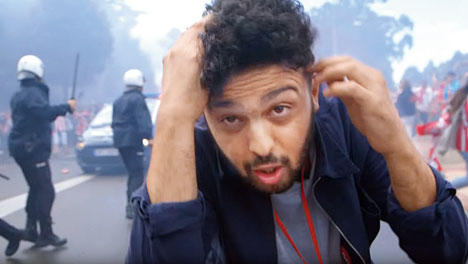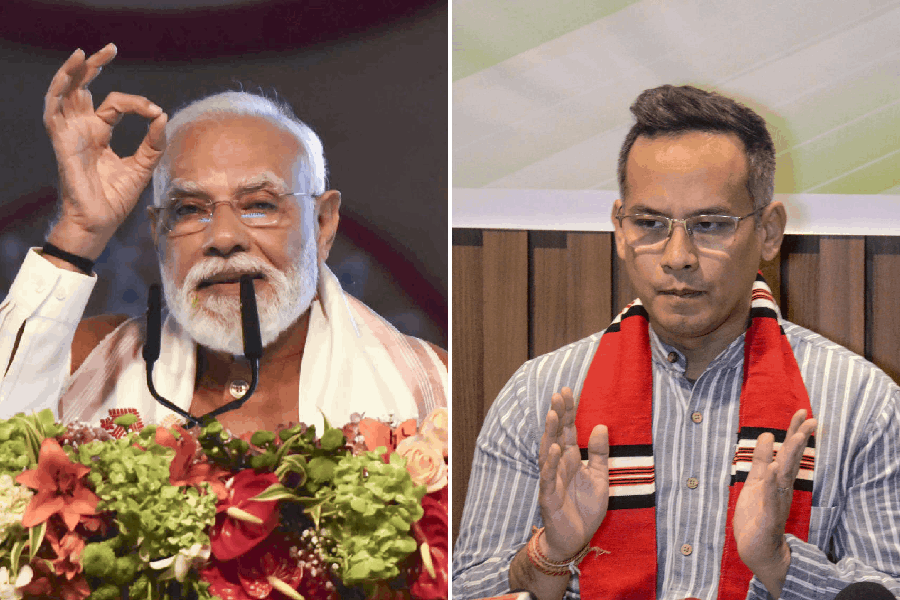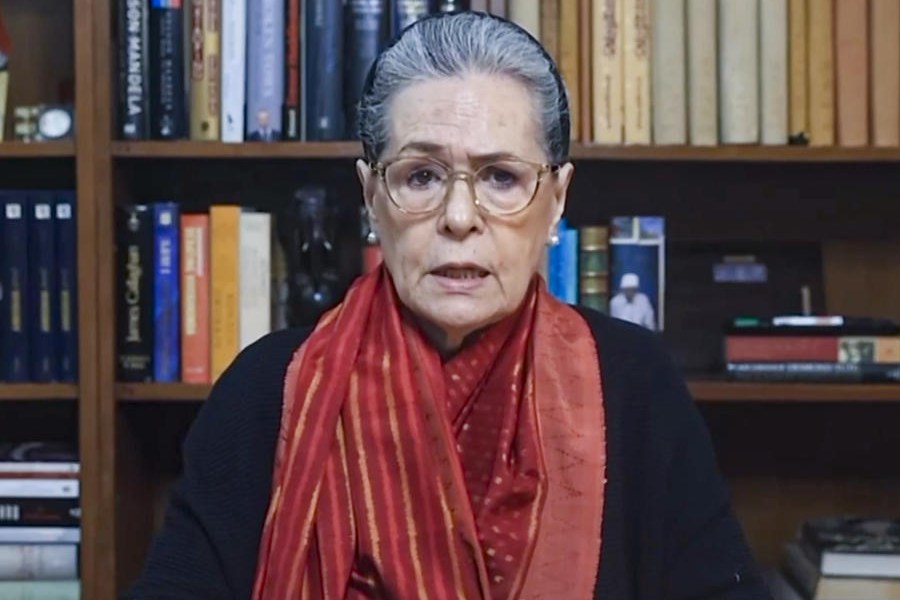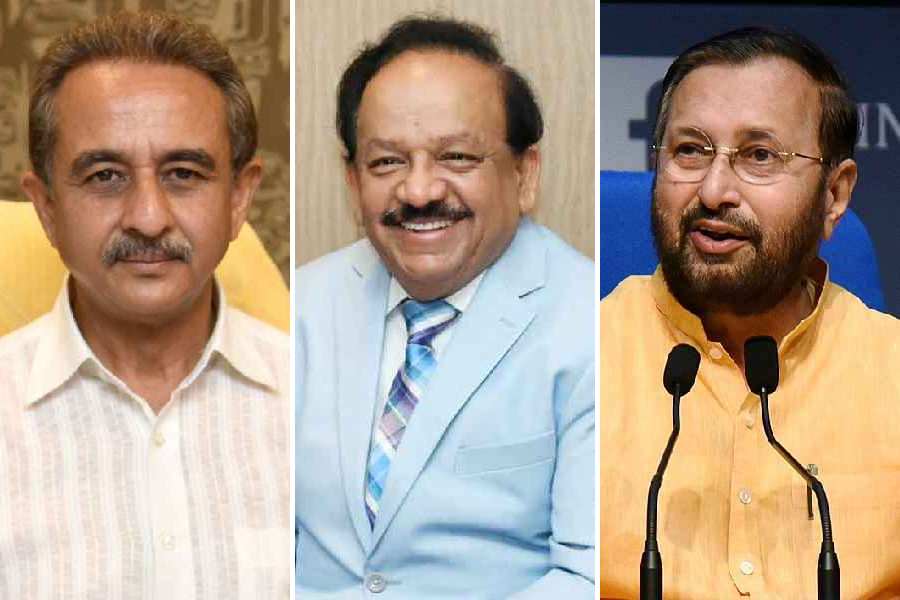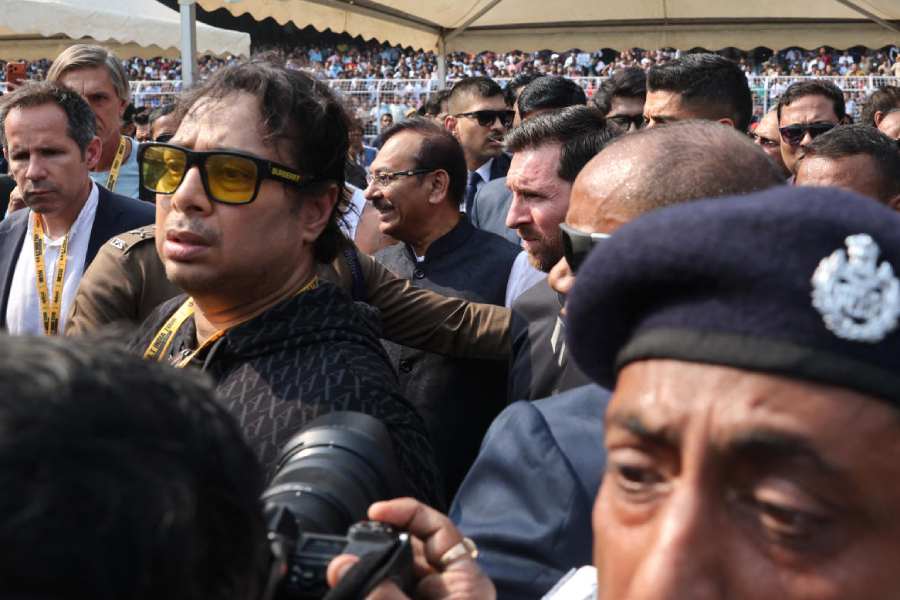

.jpg)
Football has innumerable stories to tell. Beyond all the matches and expert analysis are fans with questions, opinions and emotions. The sport boasts a rich history, and there are fascinating nuggets to be found all over the world. The players themselves are repositories of tales from their early days and from the dressing room. But many of these stories go unheard when the focus is on the games and the goals.
COPA90 began life in 2012 with the objective of bringing these stories to the football fan, in a format that was easily accessible and shareable. In six years the YouTube channel has come up with eminently watchable shows: Derby Days, FIFA & Chill, Comments Below, This is Football and more. The guys presenting the videos — Eli Mengem, Poet, David Vujanic aka Vuj, and Michael Timbs aka Timbsy — have become the faces of the brand. Behind the scenes, a team helmed by James Kirkham, Head, COPA90, keeps the show running. t2 caught up with him on email...
Why call the channel ‘COPA90’?
COPA90 was a name always intended to be representing everyone, every fan, around the world. It was hoped it wouldn’t necessarily have UK or even English-only connotations but would feel representative of a truly global business built for the audience first. ‘COPA’ therefore has alignment to cups and competitions globally and of course ‘90’ represents the 90 minutes.
Sky Sports Football’s YouTube channel has 252k subscribers. Man Utd’s has 924k subscribers. COPA90 alone has 1.6m, plus 1.1m for COPA90 US. What’s the secret sauce?
We’re authentic. This is real and has always been real from the first day. This isn’t about a tired suits-in-studio format and likewise it has innovated since day one, not copied like so many ‘me too’ football publishers have tried to since. We took our most successful show ever, Saturdays Are Lit, and ended it after one season. When we’ve done it, we move on.
This was a business built around fans, which was intended to have fan-centric thinking at the heart. It was to be the beating heart of fans, representing the modern football fan as what it is — a beautifully diverse, culturally curious, globally aware, multi-faceted being. Fans respond to that; they look to the new bastions of power, they anoint their own new voices of authority, and they flock to interesting, relevant content that isn’t stereotypical football content, which we might have seen for so many years previous.

How is consumption of football changing among millennials?
A modern millennial football fan represents an entirely different way of consuming the beautiful game.
The manner in which a modern fan watches the live game has changed and is changing. With massive social platforms and digital native players like Facebook and now Amazon showing matches, this is an era of convenience where a fan will have the game best suited to them on their terms at their chosen time and place.
There is actually a ‘myth of togetherness’ too in that most fans don’t sit arm-in-arm (unless it is the World Cup) during the regular season, in fact watching many Champions League games alone. But the new alone is with a mobile phone giving them access to a universe of conversation and content and never-ending dialogue.
The modern millennial fan is increasingly looking to ‘escape the algorithm’, meaning they search up different content in different places and want to find it on fresh exciting platforms where they won’t just be given the same item from the same people. Likewise their extreme Internet-savvy upbringing means that they search for social safe havens during games. They like to exchange conversation, graphics, GIFs, videos and more with friends knowing they’re in a safe environment. This has caused the rise of dark social (sharing that cannot be accurately tracked) such as WhatsApp and other messenger channels where live football is now breeding massively.
How’s the World Cup experience been so far?
Unbelievable. Everything we thought it might be. We spoke for a long time about how this won’t be the “festival of violence” as so many people predicted. There was a very one-sided myopic media approach to the World Cup, before the World Cup, for people who wanted to sell papers or produce clickbait headlines. They talked only of Russian hooligans and indulged in stereotype. We wanted to find the real Russia, to uncover the Russian hospitality, to be with the real fans amongst the real people the length and breadth of the country.
It has been a monumental experience, incredibly memorable, like no other tournament. Look at Mission to Moscow — an insane, rollercoaster, super-charged road trip across an amazing country with an amazing cast of characters. So nice to bring this to life and bring to fans who can’t be there in Russia.
We love the smiling happy faces. A new generation who now know what Russia should represent. Moscow in the summer sunshine, fans hugging from different nations. Nothing of the old Cold War stereotype. This is what football can do — international football is a passport to other countries, and can heal division and provide unity.
Any noticeable shift in how the tournament is being followed?
This World Cup is something of a watershed moment not because of a war between TV and digital, but due to the huge attitude change of fans around the world and the way they consume media. There seems to be a rejection of the bad old ways — the media and press who used to hound footballers because of their private lives are not being listened to like they once were.
Yes, people are consuming differently, but it isn’t a choice between the biggest matches. Week-to-week football consumption has changed entirely, with ESPN, Sky and the like all struggling but social platforms at sky-high demand around football. It is the insatiable appetite of the modern football fan which has been most met around this World Cup.
It feels like a huge change is occurring — the way Russia itself has been reported for example. This is an attitudinal shift which is welcoming in an exciting, overdue era of enlightenment for millions.

